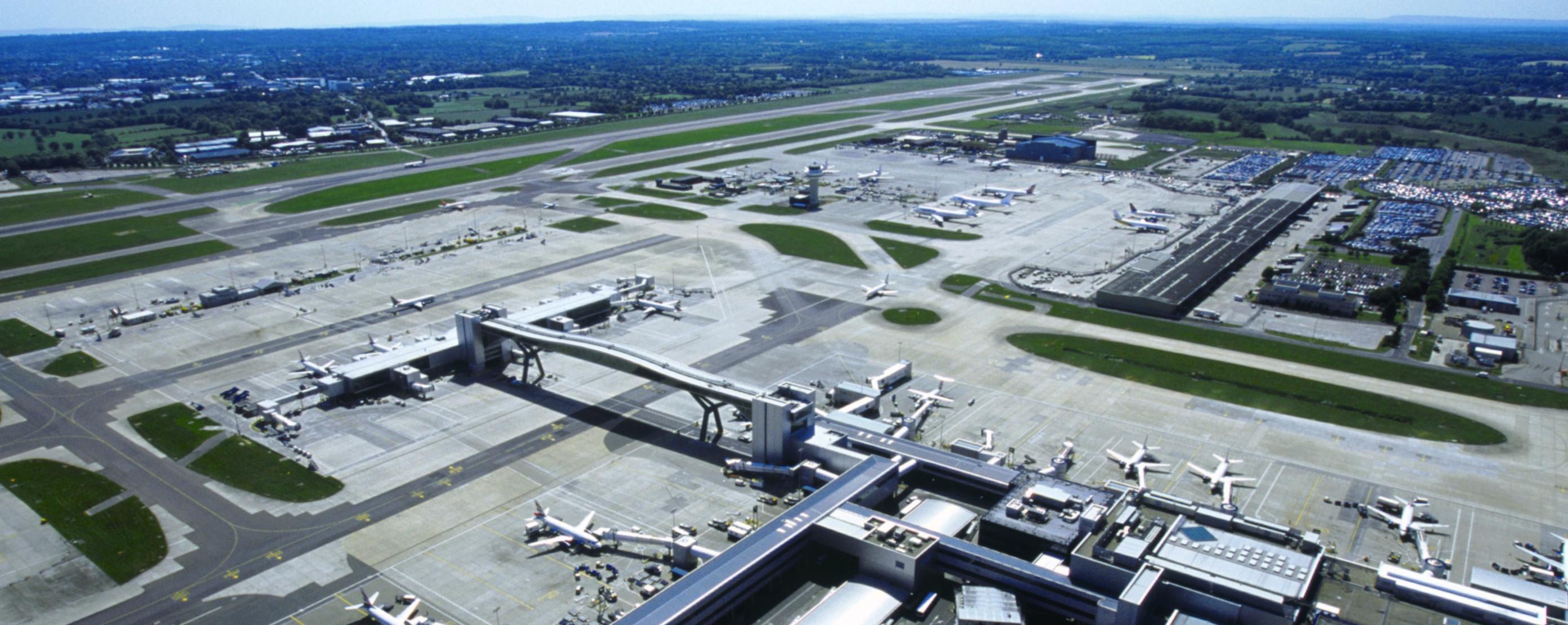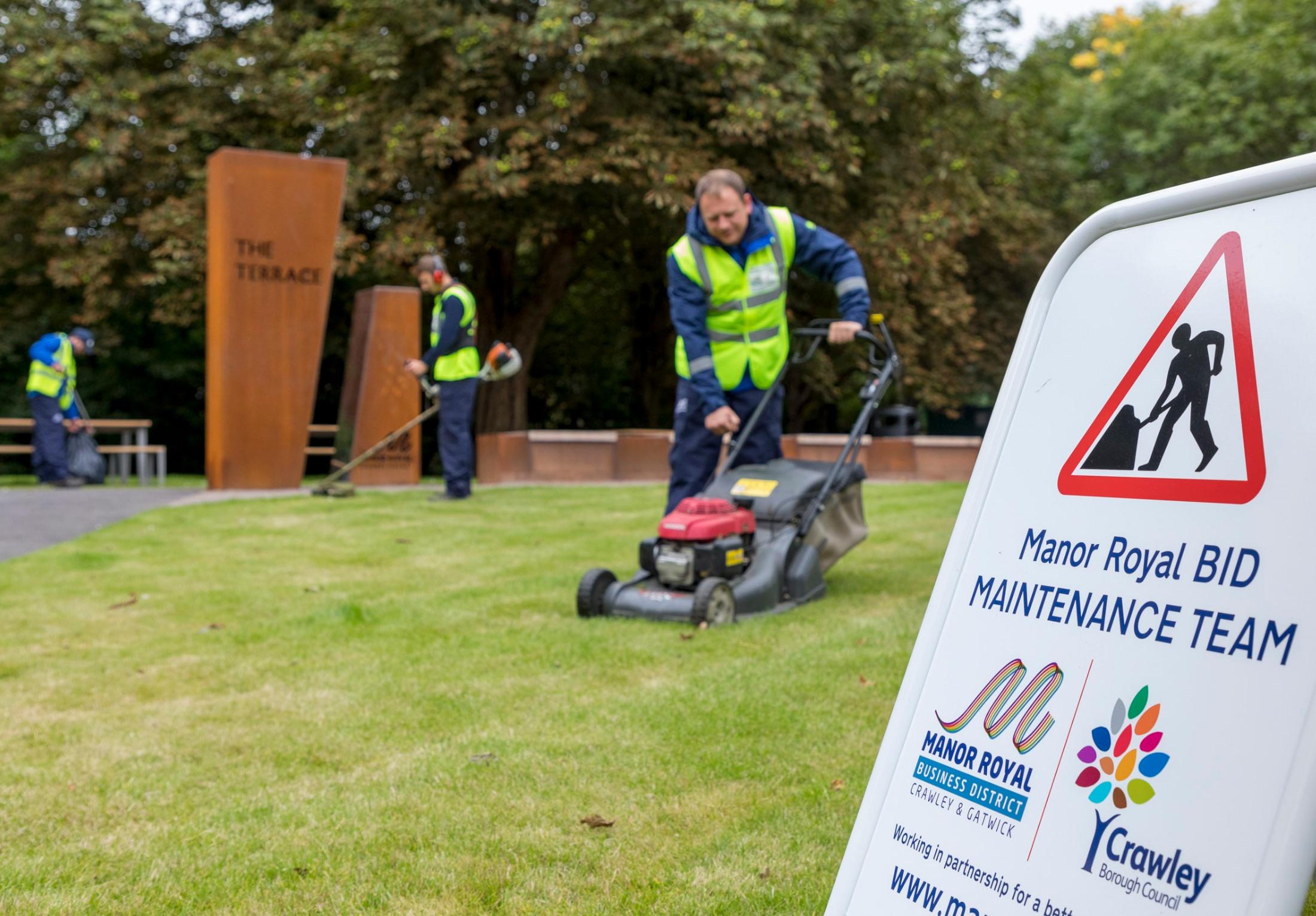



London Gatwick has submitted an application - known as a Development Consent Order (DCO) - to the Planning Inspectorate (PINS), outlining its ambition to bring the airport’s existing Northern Runway into routine use alongside its Main Runway.
By investing in its long-term future, London Gatwick will also enhance the crucial economic role it plays by creating around 14,000 new jobs and injecting £1 billion into the region’s economy every year. This growth would come from increased tourism, trade, supply-chain, and other business opportunities.
This forward-looking and low impact plan aims to leverage the airport’s existing infrastructure to unlock new capacity and improve airport resilience, in line with government policy.
Stewart Wingate, CEO, Gatwick Airport said: “The Northern Runway plan will help secure the long-term future of the airport and economic prosperity for thousands of families, businesses, and future generations across the region.
“If approved, our plan will also improve airport resilience, meet future passenger demand, and increase competition in the London airport market, by providing vital new international connections to support ‘Global Britain’.
“The consultation and engagement activity over the past two years has been hugely valuable in shaping our plans to ensure they best meet the needs and requirements of local people, as well as our airlines, passengers and other stakeholders. We are confident that our plans are both economically and environmentally robust.”
The Northern Runway is currently limited to acting as a taxiway, only available when the Main Runway is out of use. Today’s application proposes repositioning the centre line of the Northern Runway 12 metres north to allow dual runway operations, aligning with international safety standards. The Northern Runway would be used for departing flights only.
Construction could start in 2025 and be completed and ready for operational use by the end of the decade. The proposals are low impact, with most construction taking place within the current airport boundary.
If approved the plans would help the airport meet future passenger demand by serving around 75 million passengers a year by the late 2030s.


